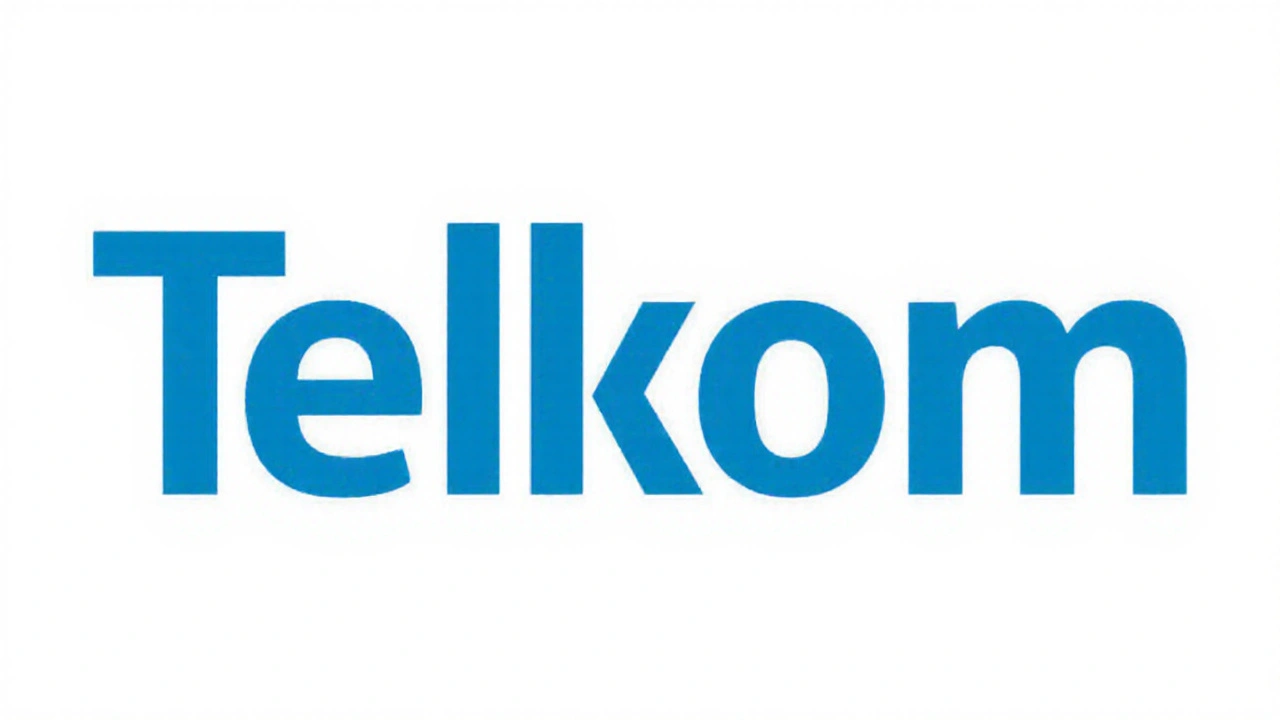Ever seen a telecom brand you don’t recognize and wondered how it can offer mobile service without its own towers? That’s a Mobile Virtual Network Operator, or MVNO for short. In plain English, an MVNO rents space on a bigger carrier’s network and sells its own plans to you. No towers, no huge infrastructure—just smart agreements and a focus on price, flexibility, or niche features.
Think of the big carrier as a landlord who owns the building (the network). The MVNO is a tenant who pays rent to use the building’s Wi‑Fi, water, and electricity (the radio spectrum). The MVNO then decorates the apartment its own way—offers different data caps, bundles, or rewards that match a specific audience. Because the MVNO doesn’t need to invest in expensive towers, it can pass those savings onto the customer.
Technically, the MVNO signs a wholesale agreement with a host network (like Vodacom, MTN, or Telkom in South Africa). The host provides the connection, while the MVNO handles billing, customer service, and branding. Some MVNOs even add their own apps or loyalty programs to stand out.
Price is the biggest draw. MVNOs often undercut the major players by 10‑30% because they skip the cost of building and maintaining towers. If you’re a light data user, a student, or someone who values simple contracts, an MVNO can be a perfect fit.
Flexibility is another perk. Many MVNOs offer month‑to‑month plans, no‑credit‑check options, and the ability to mix and match talk, text, and data. Some focus on specific communities—like expats needing international minutes or seniors looking for easy‑to‑understand bills.
Coverage quality usually mirrors the host network, but there can be small differences. Because MVNO traffic is often given lower priority during network congestion, you might notice slower speeds in crowded areas. It’s worth checking the host’s coverage map and reading reviews from local users before you sign up.
In South Africa, popular MVNOs include Virgin Mobile (on Vodacom’s network), Cell C’s 4.5G MVNOs, and niche players like FNB’s data‑only plans. Each brings a twist—some bundle bank services, others focus on unlimited social media data.
Before you pick an MVNO, ask yourself a few simple questions: Do I need unlimited data or just enough for apps? How often do I travel abroad? Am I comfortable handling my own tech support, or do I prefer big‑carrier help desks? Answering these will narrow down the options quickly.
Finally, remember that switching to an MVNO is easy. Most providers let you transfer your number for free, and you can test a plan with a short‑term contract before committing. If the service doesn’t meet your expectations, you can move back to a major carrier without penalty.
Bottom line: Mobile virtual networks give you the same reach as the big players—just at a lower price and with more tailored options. Whether you’re cut‑throat about cost or looking for a plan that fits a specific lifestyle, an MVNO is worth a look. Dive into the offers, compare a few, and you might end up saving money while staying connected.
